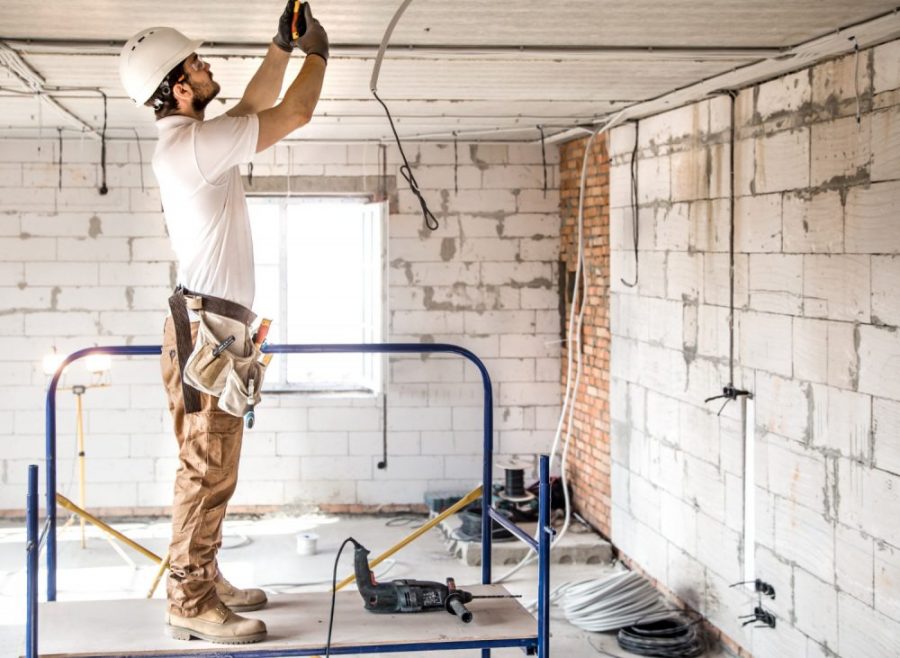
Renovating their homes to match their evolving needs and preferences is an exciting prospect for homeowners. However, financing home renovations can be daunting, mainly when the cost of the upgrades is within their immediate budget. Many homeowners may wonder if funding their dream home improvements is possible using their existing mortgage. In this blog, we will explore the ins and outs of renovating a home with a mortgage, examining the various financing options, potential benefits and drawbacks, and important considerations that homeowners should consider before starting a renovation.
1. Financing Options for Home Renovations
a. Home Equity Loan (Second Mortgage): A home equity loan allows homeowners to borrow against the equity they have built up in their property. This type of loan provides a lump sum, which can be used to fund home renovations. The interest rates are usually fixed, making it easier to plan monthly payments.
b. Home Equity Line of Credit (HELOC): Similar to a home equity loan, a HELOC allows homeowners to access funds based on their home's equity. However, a HELOC provides a revolving line of credit instead of a lump sum, allowing homeowners to withdraw funds as needed. The interest rates may be variable, and payments are based on the amount borrowed.
2. Benefits of Renovating with a Mortgage
a. Access to Larger Funds: Renovating with a mortgage allows homeowners to access more substantial funds than they might have available through personal savings or other financing options. This can enable them to undertake more extensive renovations that significantly improve their living spaces.
b. Potential Tax Benefits: Sometimes, the interest paid on a home equity loan or a cash-out refinance may be tax-deductible. Homeowners should consult a tax advisor to understand the potential tax benefits specific to their situation.
3. Drawbacks and Considerations
a. Increased Debt Burden: Renovating with a mortgage means adding additional debt to the existing mortgage. Homeowners should carefully assess their financial capacity to manage increased monthly mortgage payments.
b. Home Valuation and Market Conditions: Before proceeding with a renovation, homeowners should consider their home's current valuation and the market conditions in their area. A home renovation should add value to the property, enabling homeowners to recoup their investment when they decide to sell.
4. Planning the Renovation Project
a. Establishing a Budget: Determine the scope of the renovation project and establish a realistic budget. Include costs for materials, labor, permits, and any unexpected contingencies.
b. Prioritizing Renovations: If the budget is limited, prioritize the most crucial renovations that align with your needs and long-term goals for the property.
5. Choosing the Right Financing Option
a. Consult with a Mortgage Professional: Speak with a mortgage professional to explore the available financing options and determine the best fit for your financial situation and renovation goals.
b. Comparing Interest Rates and Terms: Compare interest rates, terms, and fees associated with different financing options to make an informed decision.
Renovating your home with a mortgage can be a smart financial move for homeowners, enabling them to achieve their dream home improvements and enhance their living spaces. By carefully considering the various financing options, benefits, and drawbacks, homeowners can make informed decisions that align with their financial goals and long-term plans for their property. Proper planning, realistic budget, and working with reputable contractors and design professionals are crucial to ensuring a successful and rewarding home renovation journey. With the right approach and financing strategy, homeowners can turn their vision into reality, creating a home that reflects their style, meets their needs, and increases their property's value.